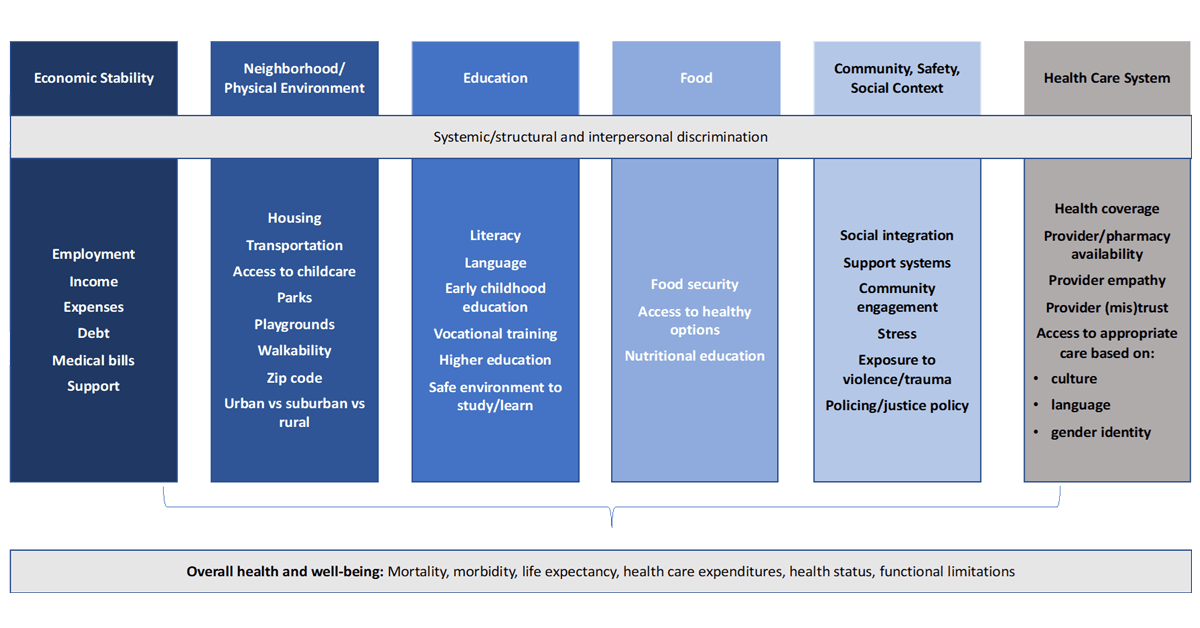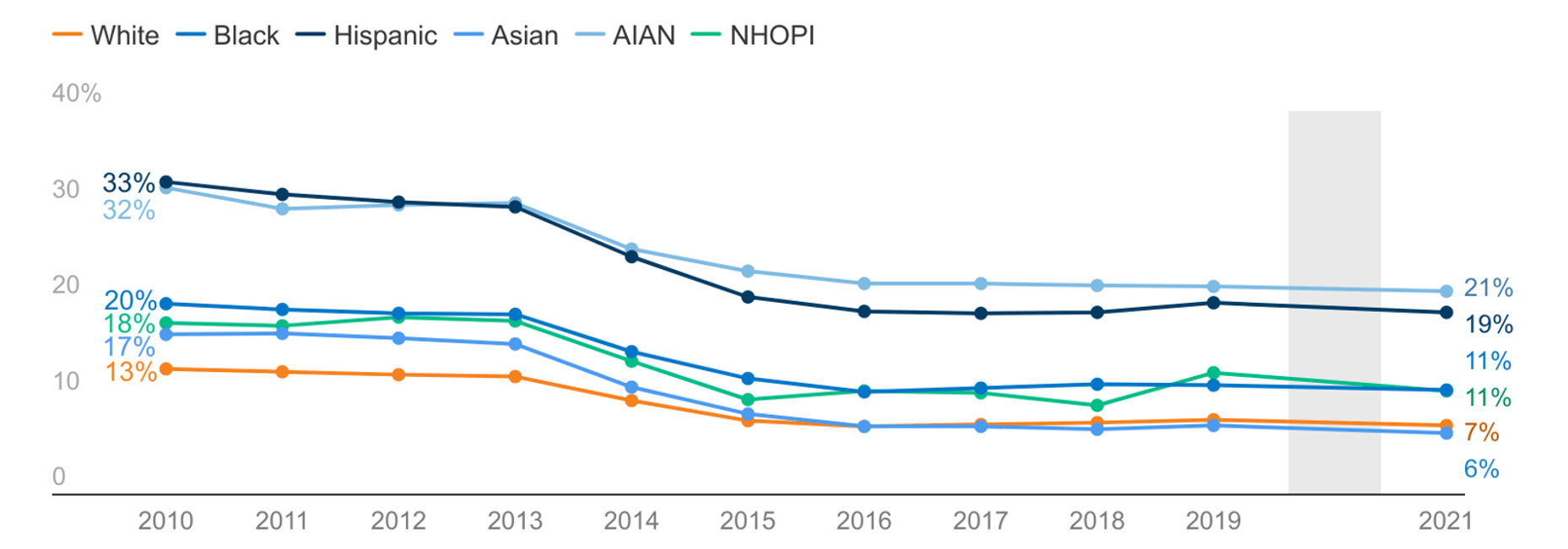Understanding Health Equity
Let’s explore the significance of health equity and why it has become a major focus for healthcare companies worldwide. We will also discuss the concept of Diversity, Equity, and Inclusion (DEI) as it relates to this topic.
Health Equity encompasses the principles of diversity, equity, and inclusion, forming the foundation for any healthcare program striving to achieve fairness and equality. Recent social, cultural, and political developments, primarily in the USA [Note: Health equity issues in other developed countries are not as prevalent], have shed light on the importance of these elements. Within the pharmaceutical and biotech industries, there is a growing emphasis on diversity, equity, and inclusion (DEI) to address how inequalities impact healthcare interactions, access to treatment and care, as well as patient outcomes.
Consequently, major pharmaceutical and biotech companies are actively engaged in programs aimed at fostering a more equitable experience for their patient populations, directly tackling DEI issues. A crucial aspect of these efforts involves collecting and analysing data to understand the extent of DEI challenges and evaluate the effectiveness of implemented programs.
This paper examines how Tudor Health’s generated data can play a central role in this process.
The Significance of Reliable Data in Addressing Health Equity and DEI
The following charts from a recent Kaiser Family Foundation (KFF) report are illustrative of the over-arching issues being addressed.
Disparities in health and well-being are driven by social and economic inequities that are demonstrably, at least in part a function of systemic and interpersonal discrimination.
Diagram 1: Health disparities are driven by social and economic inequalities

In addition, despite significant gains as a result of the ACA, high proportions of the non-white population remain uninsured.
Diagram 2: Uninsured Rates for Nonelderly Population by Race/Ethnicity, 2010-2021

The referenced KFF paper provides a comprehensive overview of DEI within the US healthcare system, drawing on national-level data. While this issue concerns the entire healthcare community, the potential influence of individual players on overall DEI concerns is limited and a focussed approach is likely to yield the greatest benefits.
Pharmaceutical and biotech companies have a specific focus on DEI as it relates to the diseases they treat or research. For instance, a company developing and marketing drugs for lung cancer would naturally be concerned about DEI within the lung cancer domain. However, the same company may have limitations in providing DEI support programs for other diseases like Multiple Sclerosis. Nonetheless, there is a social conscience argument for pharmabio companies to actively address DEI in all areas where they operate, beyond the philanthropic benefits that strong DEI programs can bring.
To begin addressing DEI issues in specific disease areas, companies need high-quality data. Detailed patient health records play a critical role in identifying the specific DEI challenges within their areas of interest. It’s important to move beyond merely relying on insurance claims data. The KFF paper highlights a significant DEI issue—the lack of health insurance coverage among certain populations. As discussed by the Intellus Worldwide DEI Task Force in a recent paper:
“…claims data excludes those without any insurance coverage who may not qualify for Medicaid but are not wealthy enough to pay for health insurance…” ii
Claims-based data alone cannot capture the nature and extent of many DEI issues because the absence of coverage leads to a lack of claims. Health records, on the other hand, provide valuable insights into these areas.
Assessing the Strengths and Weaknesses of Different Data Types for Quantifying Health Equity and DEI
Biopharma companies in the USA often rely on traditional data sets to address various challenges. Claims data supports sales force management, registries assist with medical affairs issues, and electronic medical record (EMR) data meets patient journey requirements. While these approaches are effective for most commercial and non-commercial needs, they present pitfalls when it comes to addressing DEI.
As mentioned earlier, insurance claims data cannot fulfill the task due to its inherent exclusion of the uninsured population, a crucial DEI issue.
Registry data is rarely designed to address DEI issues, as doing so may compromise the data’s primary medical purposes.
EMR data seems promising in providing a comprehensive view that encompasses the necessary measures for proper DEI evaluation. However, in many disease areas, the available EMR data is linked to specific software, limited to treatment locations that use that software. Consequently, any given EMR dataset cannot represent the entire patient population within a disease category.
Tudor Health Data’s Role in the Health Equity and DEI Landscape
Tudor Health data offers all the advantages of other commercially available electronic health record (EHR) data while overcoming the limitations of coverage found in other sources. The comprehensive EHR data collected by Tudor Health includes crucial elements typically found in the hard-to-access Notes section of patient records. Moreover, Tudor Health’s data is not confined to specific locations or healthcare institutions, enabling a comprehensive view of DEI issues.
Data are captured using the Tudor Health proprietary instrument, which mirrors the behaviour of healthcare providers’ EHR systems but remains independent of any specific software. This approach ensures the collection of complete, longitudinal data that not only captures and quantifies DEI issues but also tracks how these issues evolve over time.
Specifically, Tudor Health data will describe the full diagnostic history of all types of patients, including the results of biomarker testing which can be such an important element of providing care to some minority populations.
Tudor Health data will also provide full details of the diagnosis and treatment of co-morbidities, many of which are much more prevalent in minority populations.
In Conclusion
In this short paper we have scratched the surface of a significant issue facing biopharma companies today – how to measure inequalities in their areas of concern and then how to measure the success of the programs that they put in place to address these issues. Biopharma companies have accepted that there is an issue and that their current practices can be improved to help address DEI across their engagement population of patients and healthcare professionals. However, they are aware that they lack reliable ways of measuring these dynamics.
We have illustrated how Tudor Health data can support these needs and are ready to demonstrate this in detail. To discover how this works email info@tudorhealth.com
i Nambi Ndugga and Samantha Artiga. Disparities in Health and Health Care: 5 Key Questions and Answers. Kaiser Family Foundation. Published 11 May 2021. https://www.kff.org/racial-equity-and-health-policy/issue-brief/disparities-in-health-and-health-care-5-key-question-and-answers/
ii Rachel Hallum-Montes, Ph.D., Kimberly Simpson, Simon Fitall, Jayashree Subramanian, Indrajit Mitra, Angela McCue, Muna Molyneux, Nadia Ouhib, Heidi Boyle; Call to Action: Diversity and Inclusion in Biopharmaceutical Market Research, https://www.intellus.org/Portals/0/DEI/DEI%20in%20Biopharma%20Insights%20-%20Paper%201%20-%20FINAL.pdf?ver=2023-01-03-174408-873



